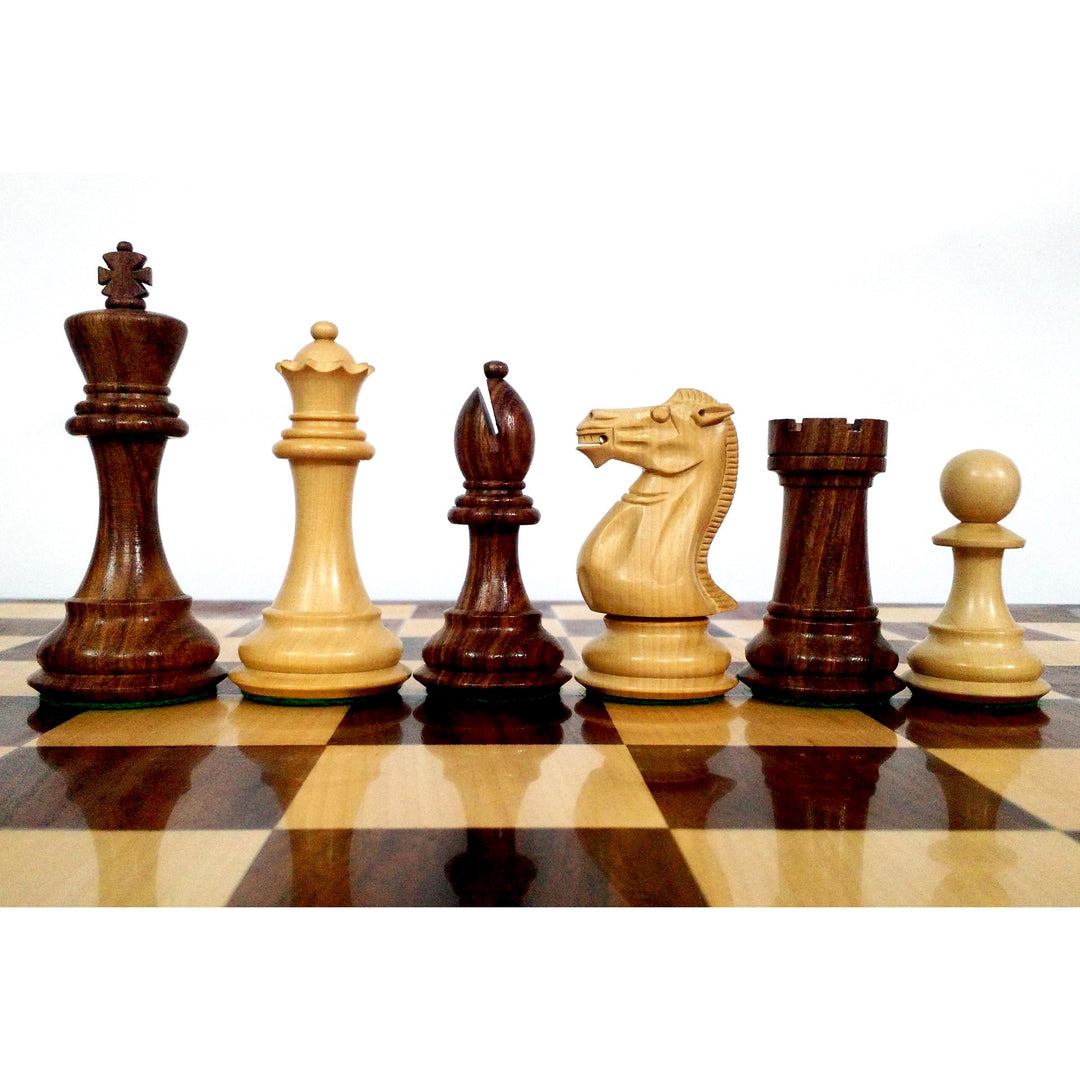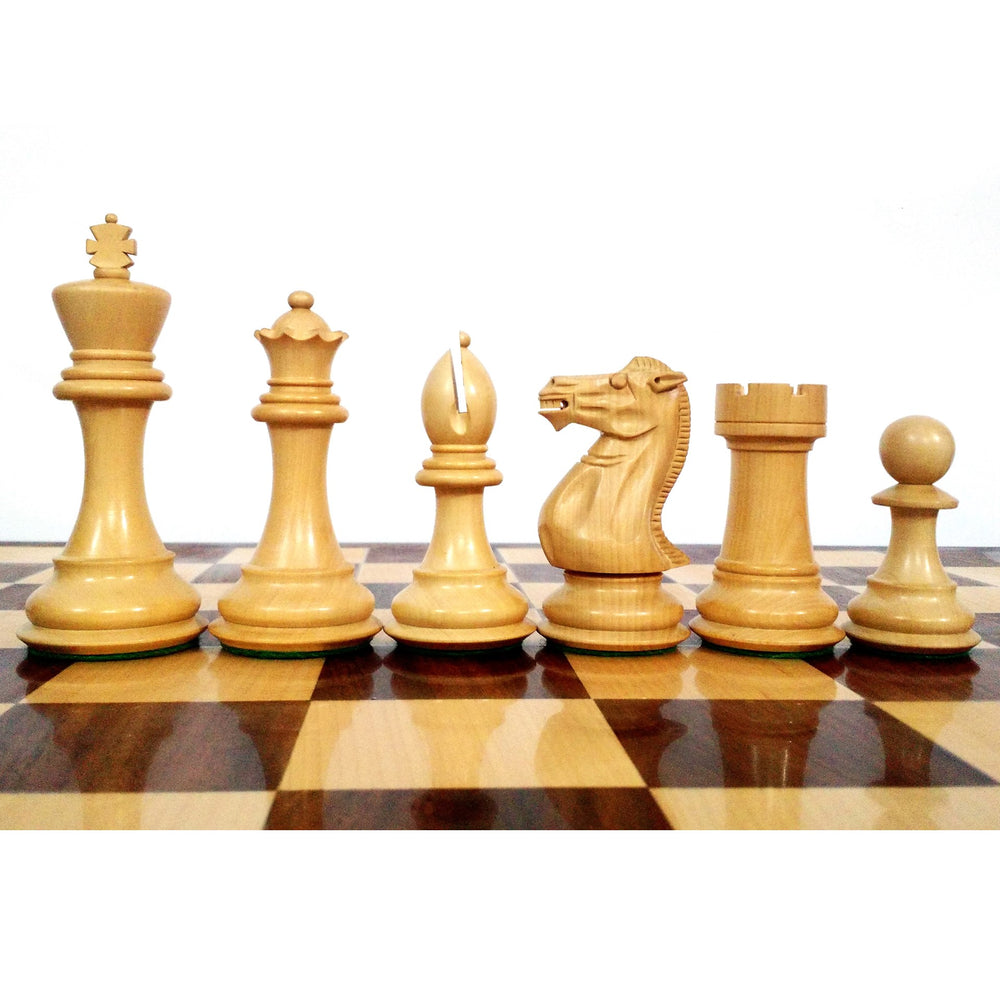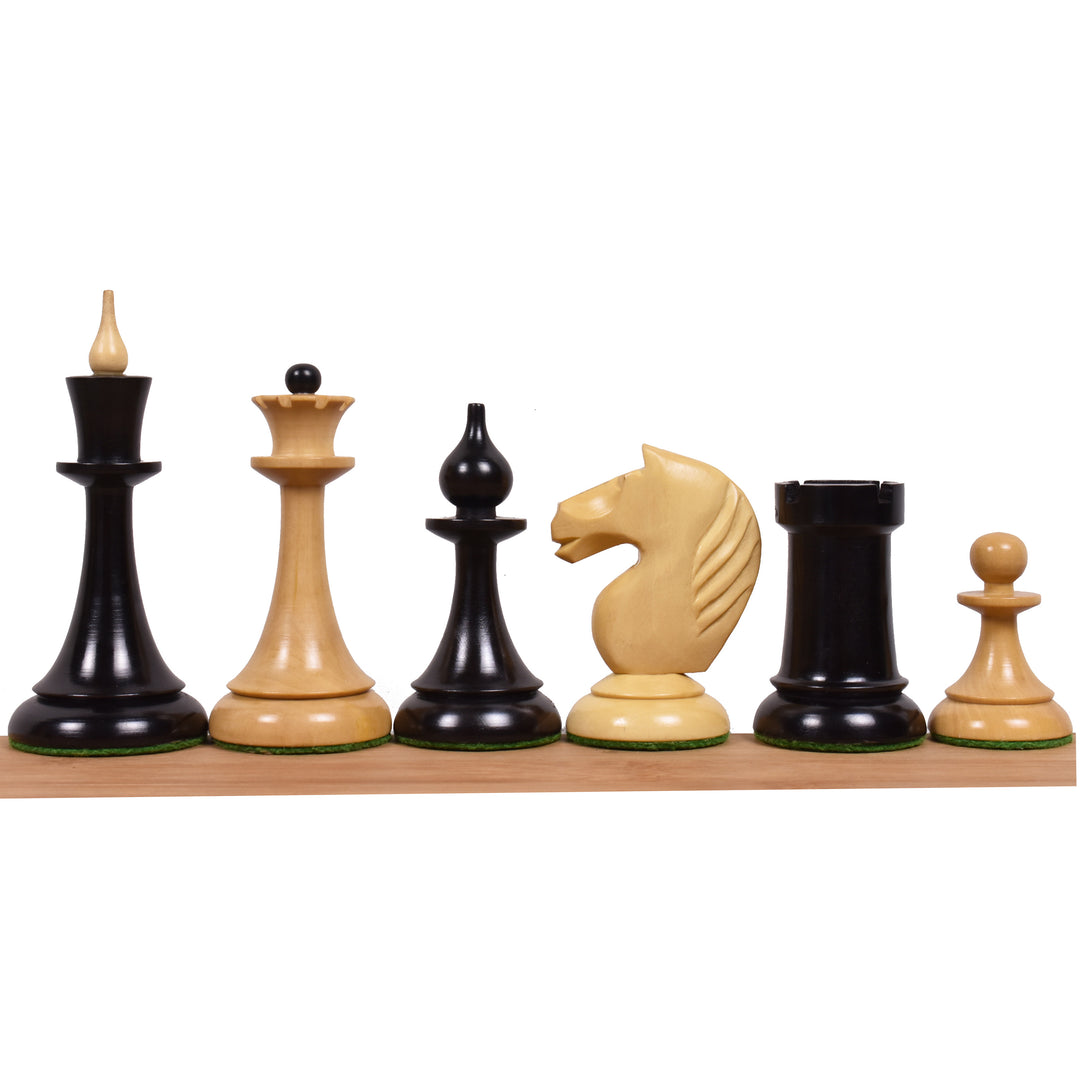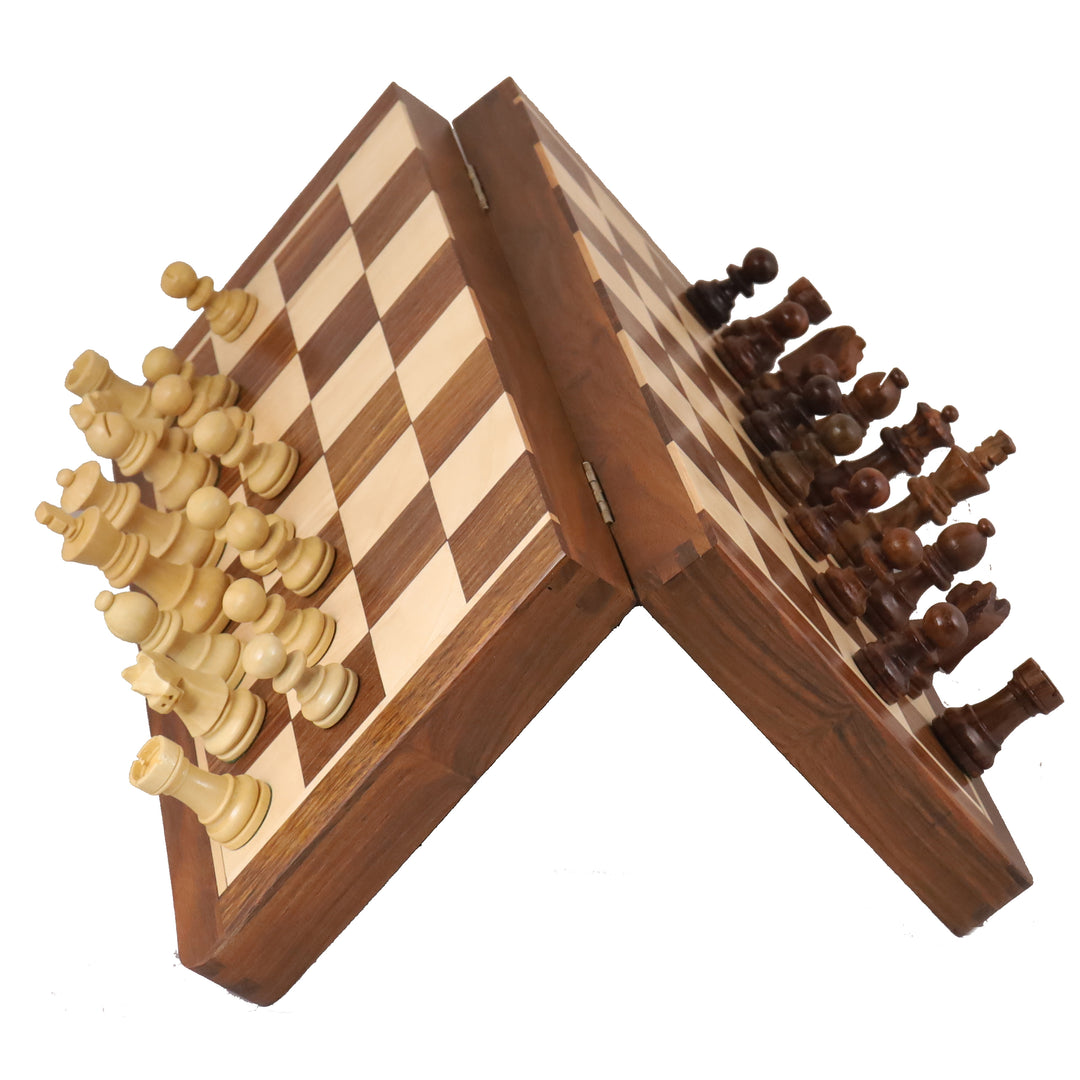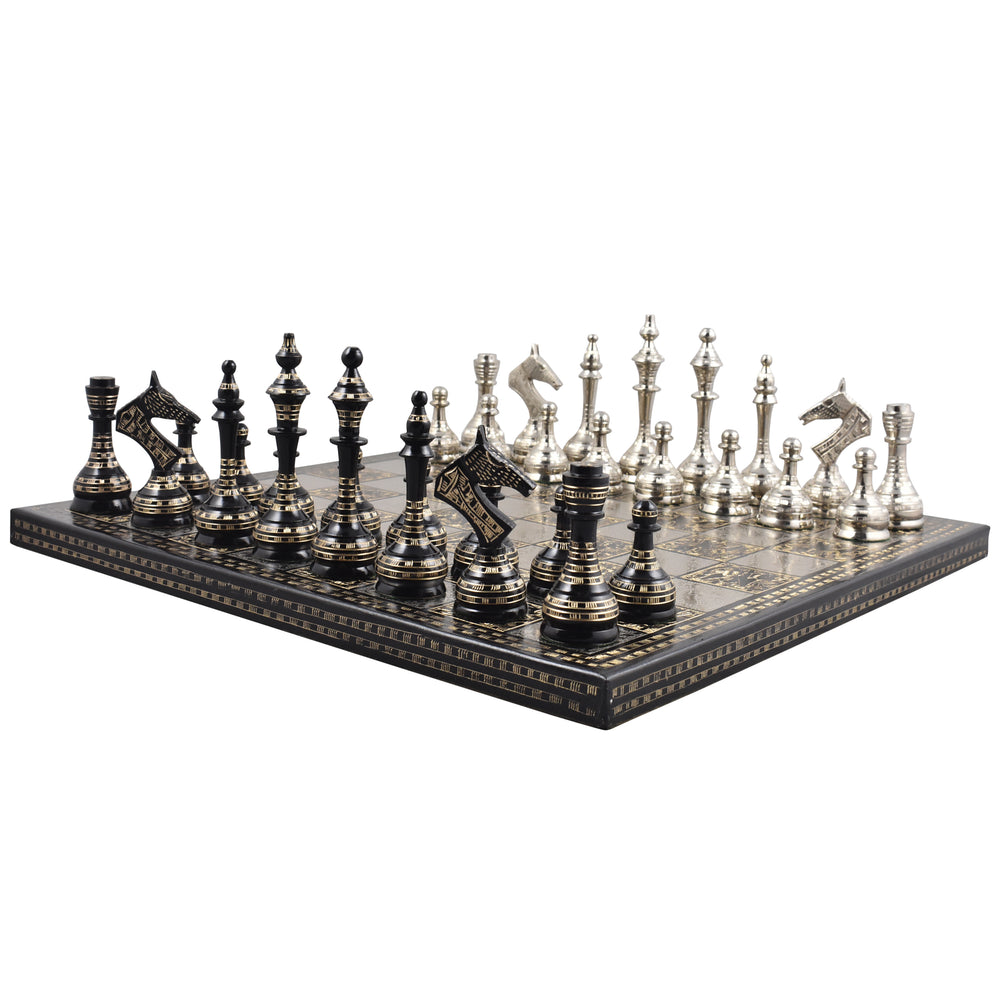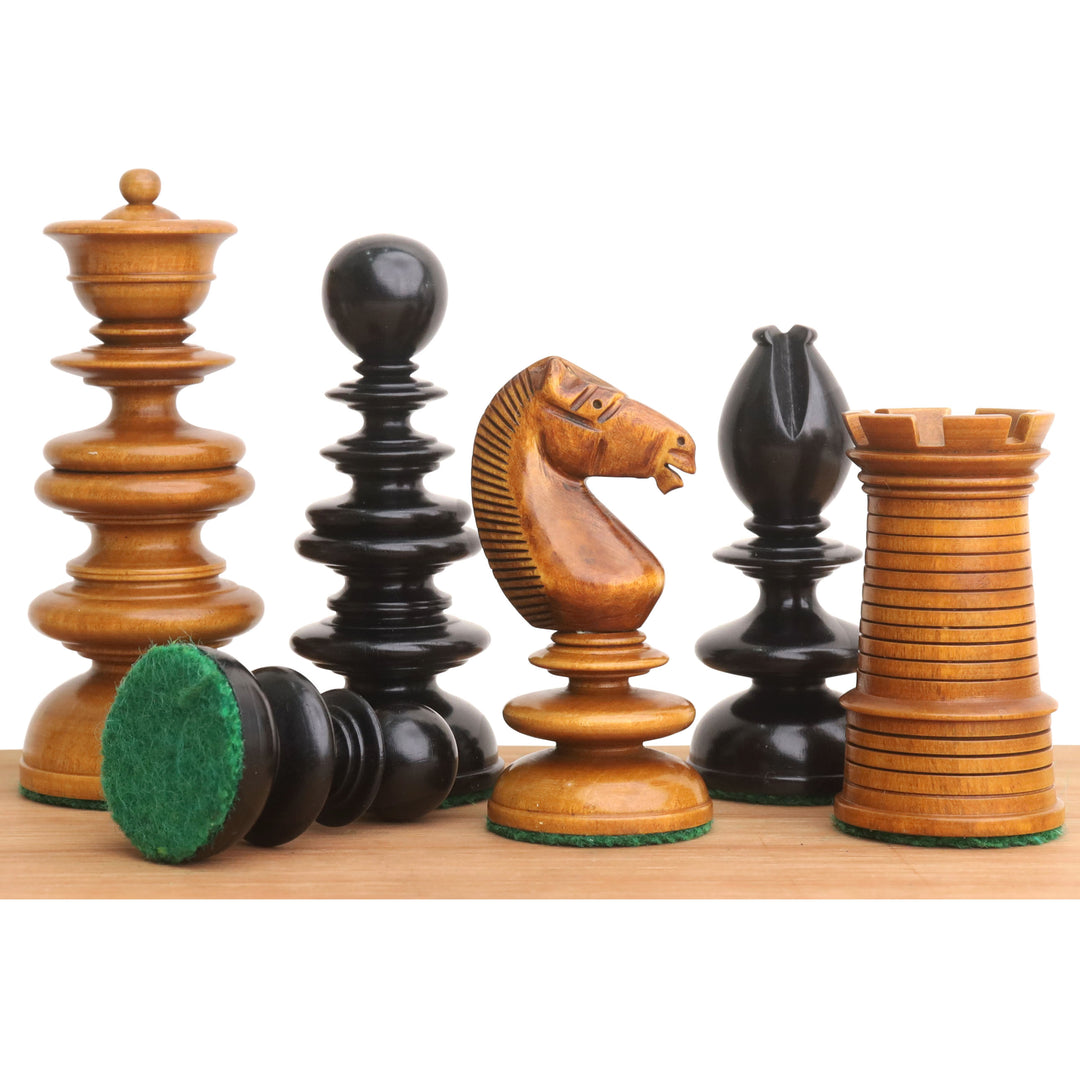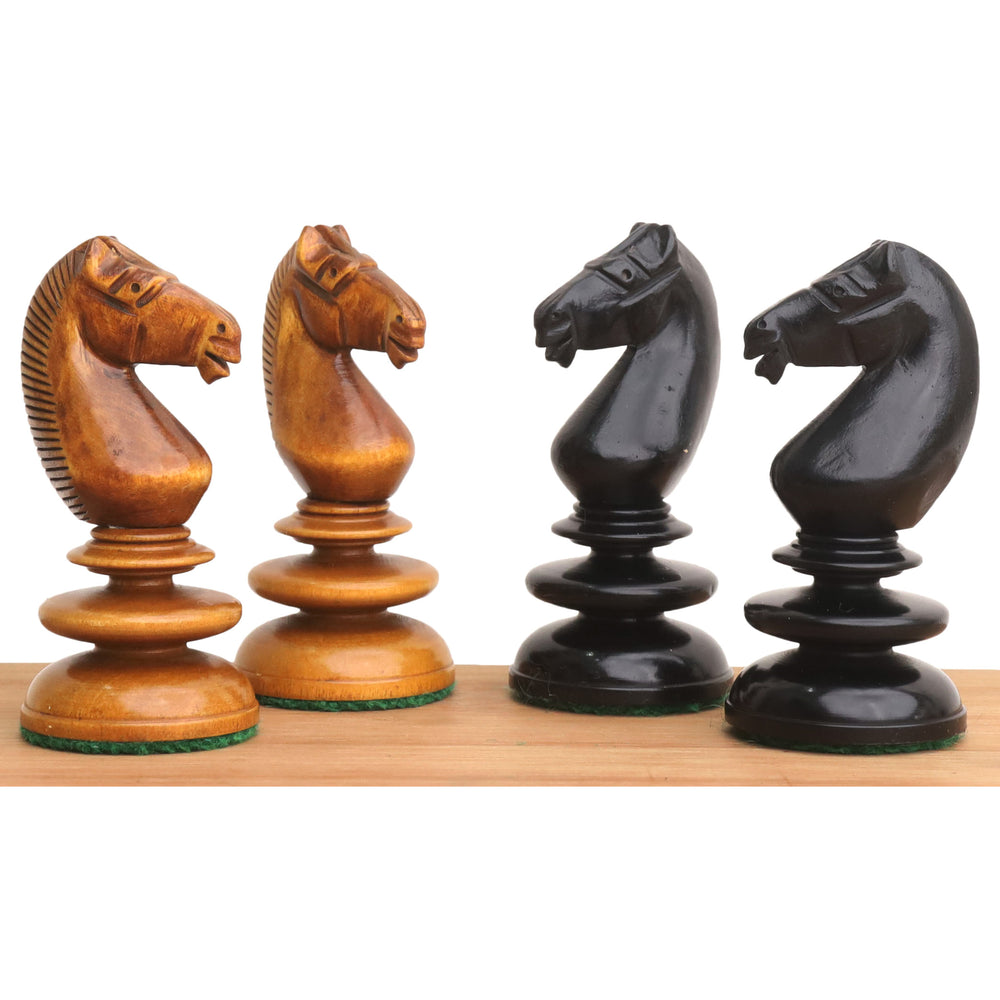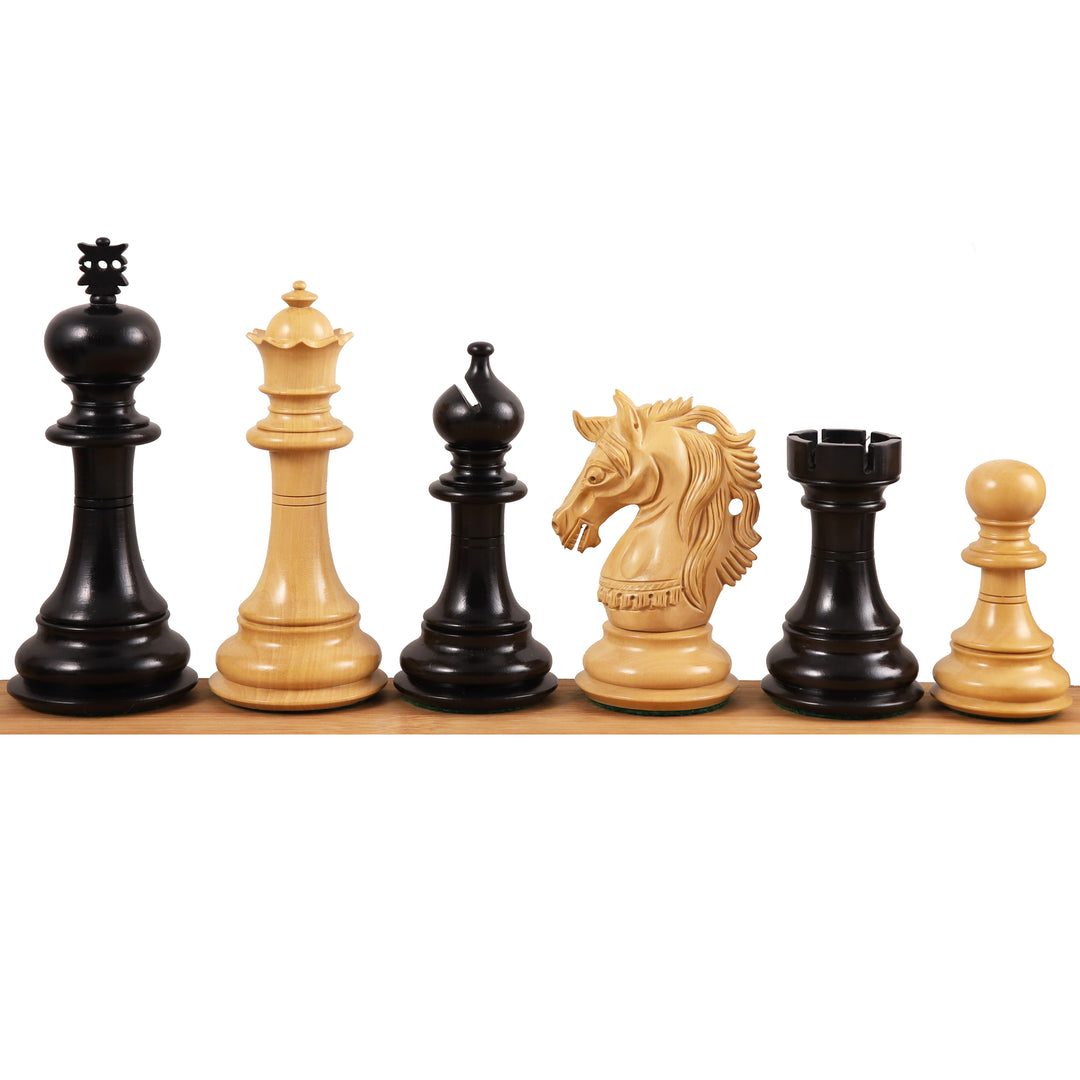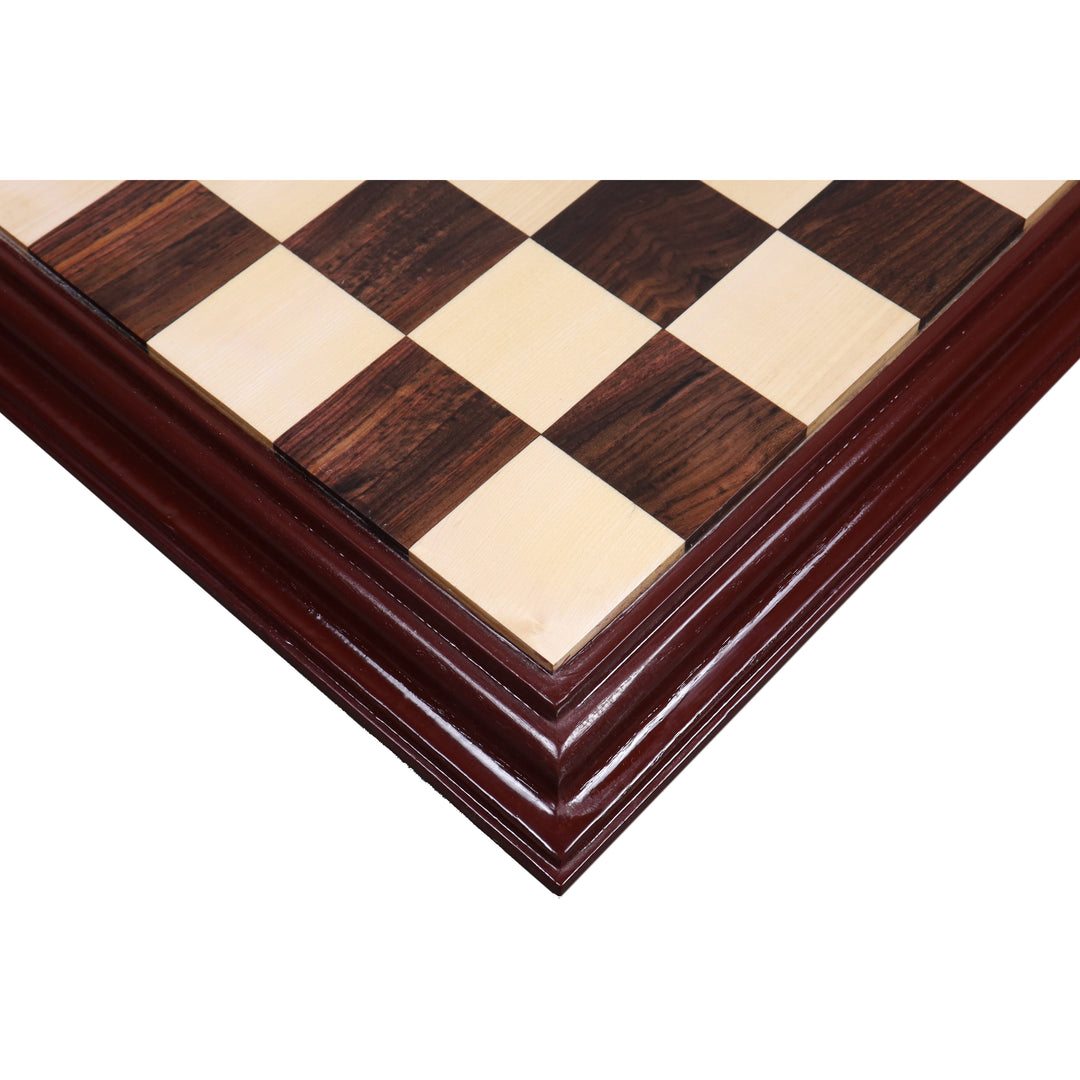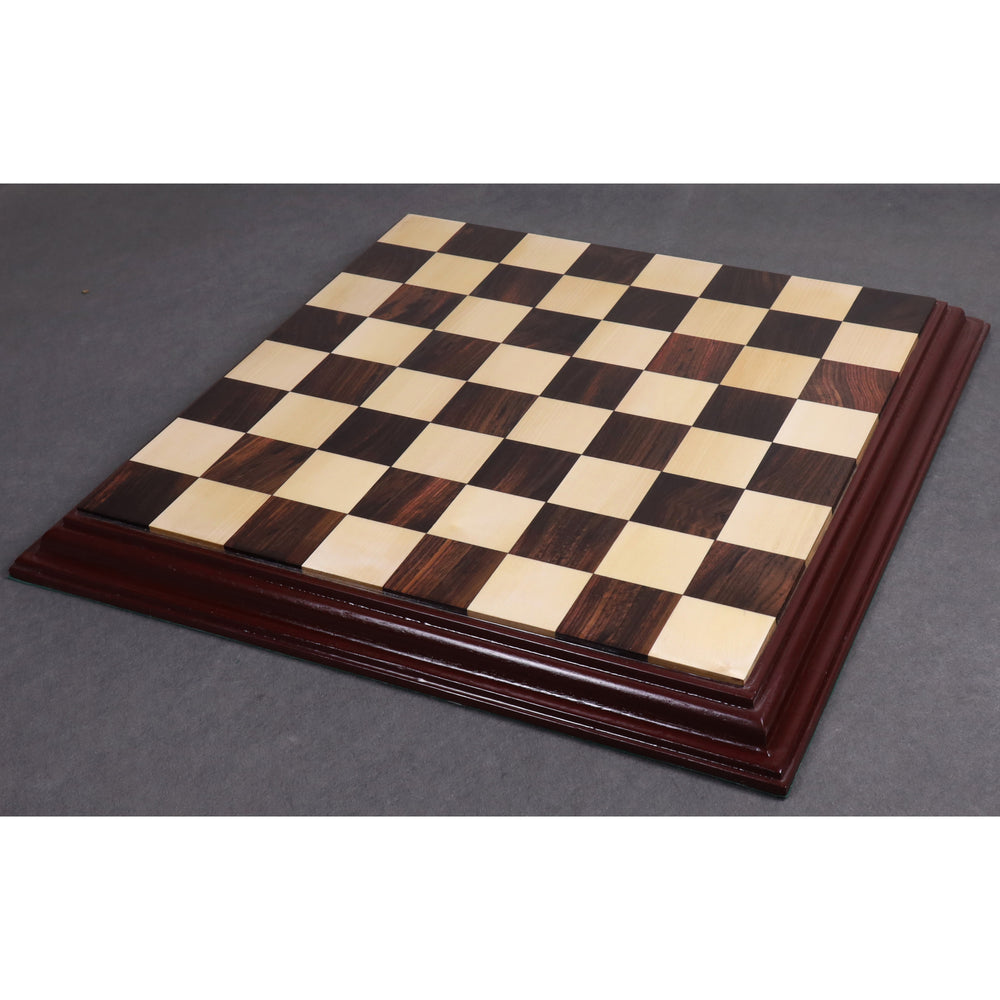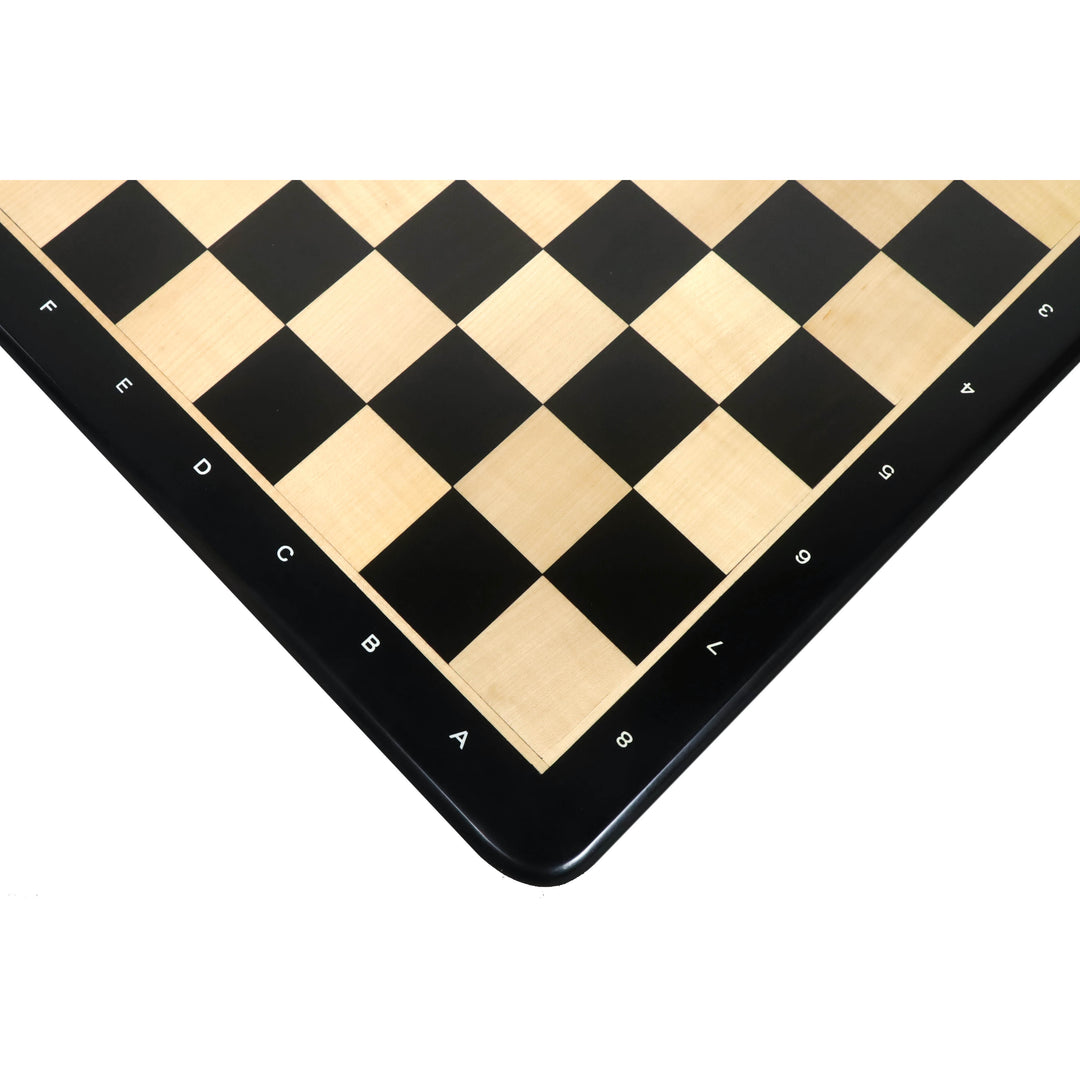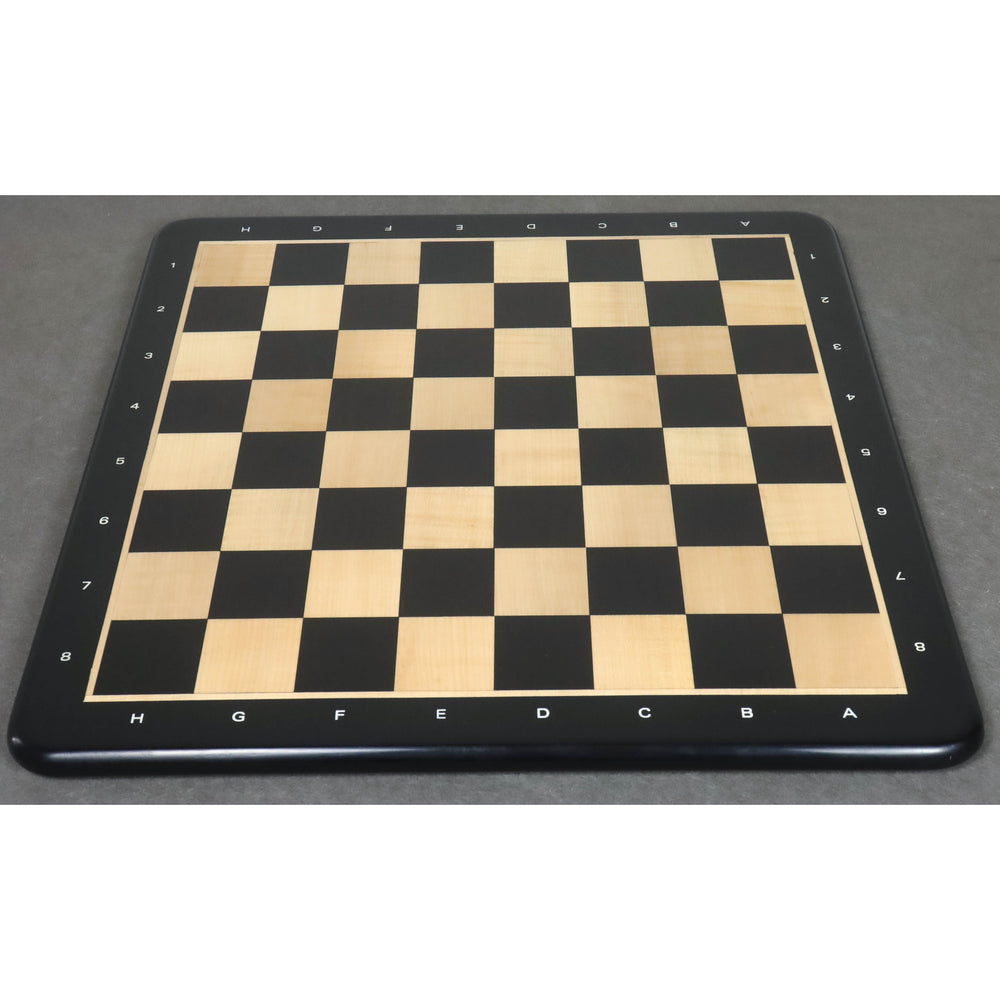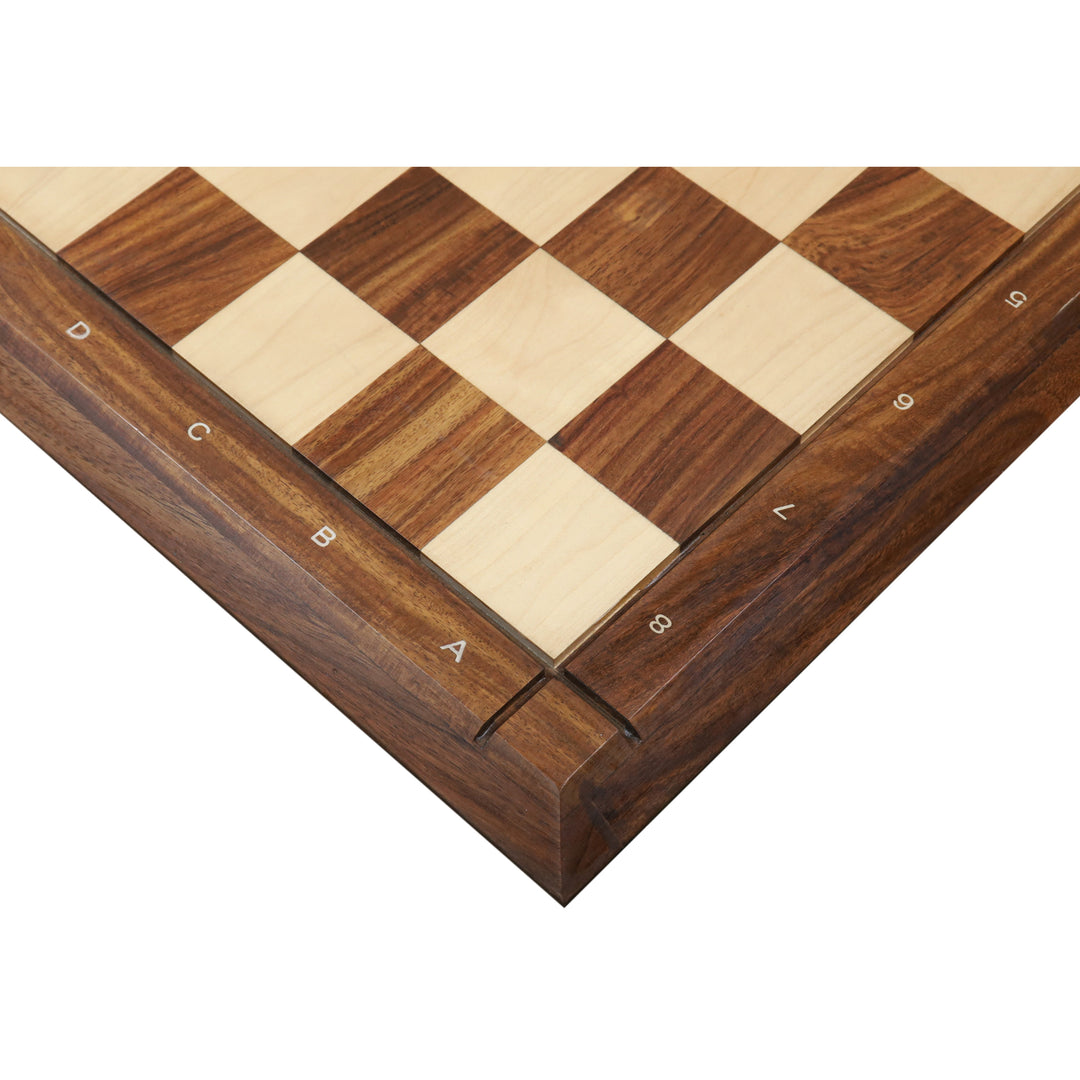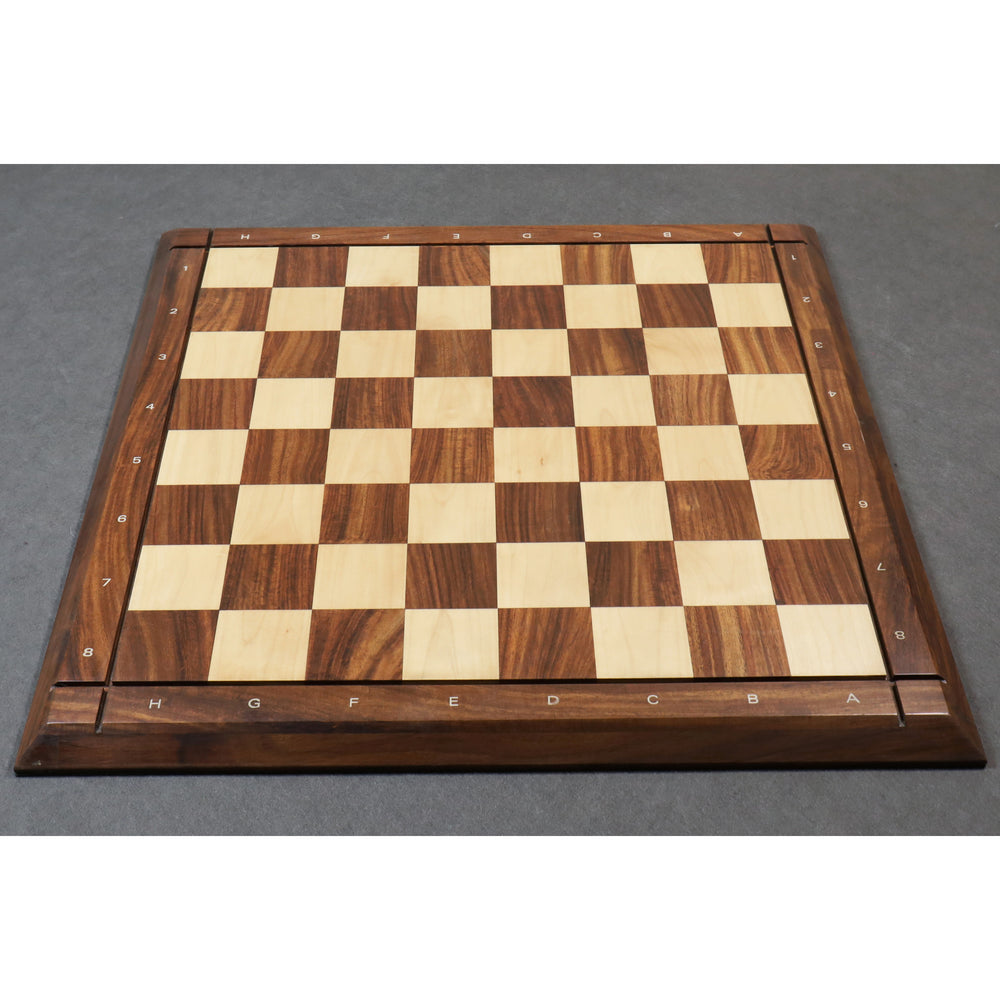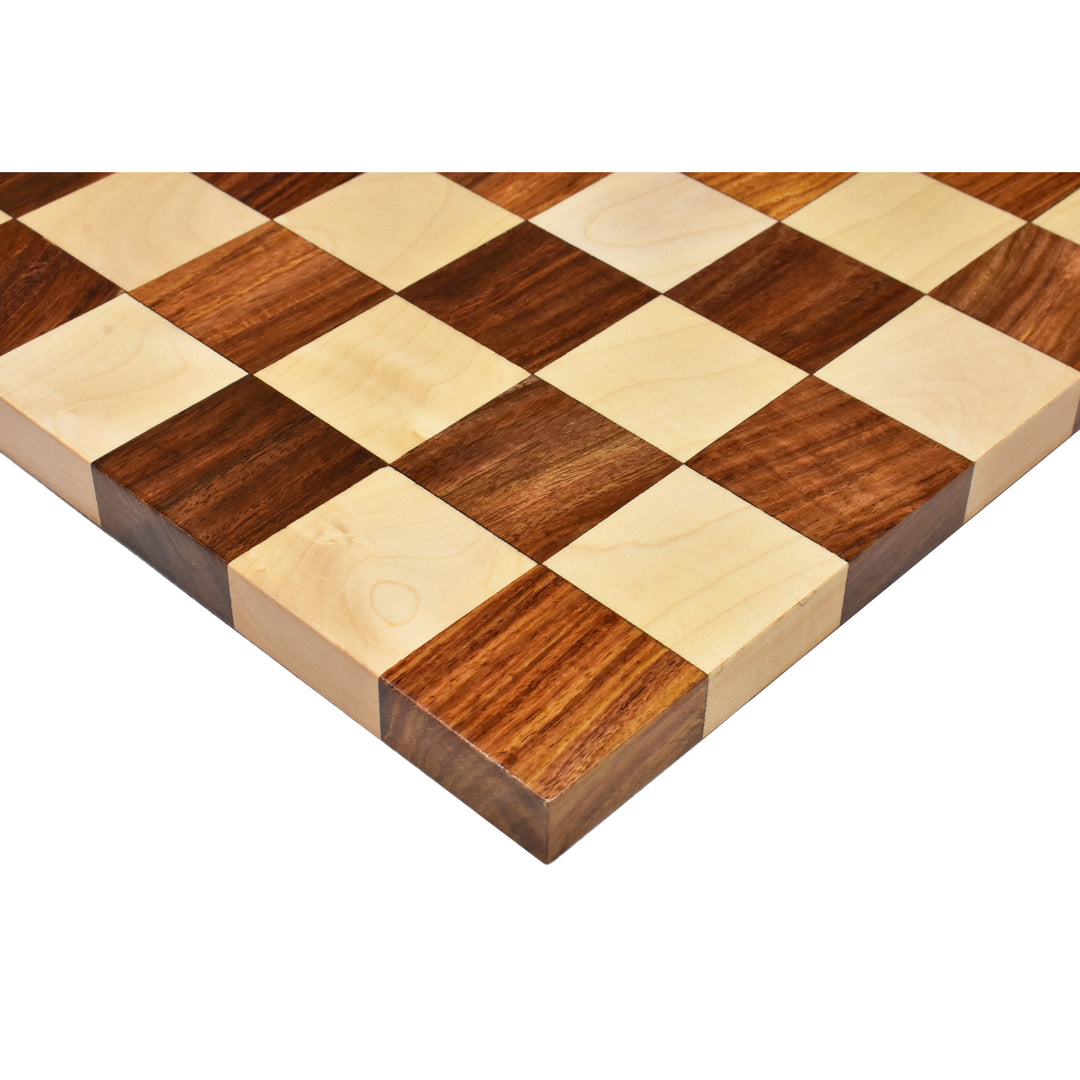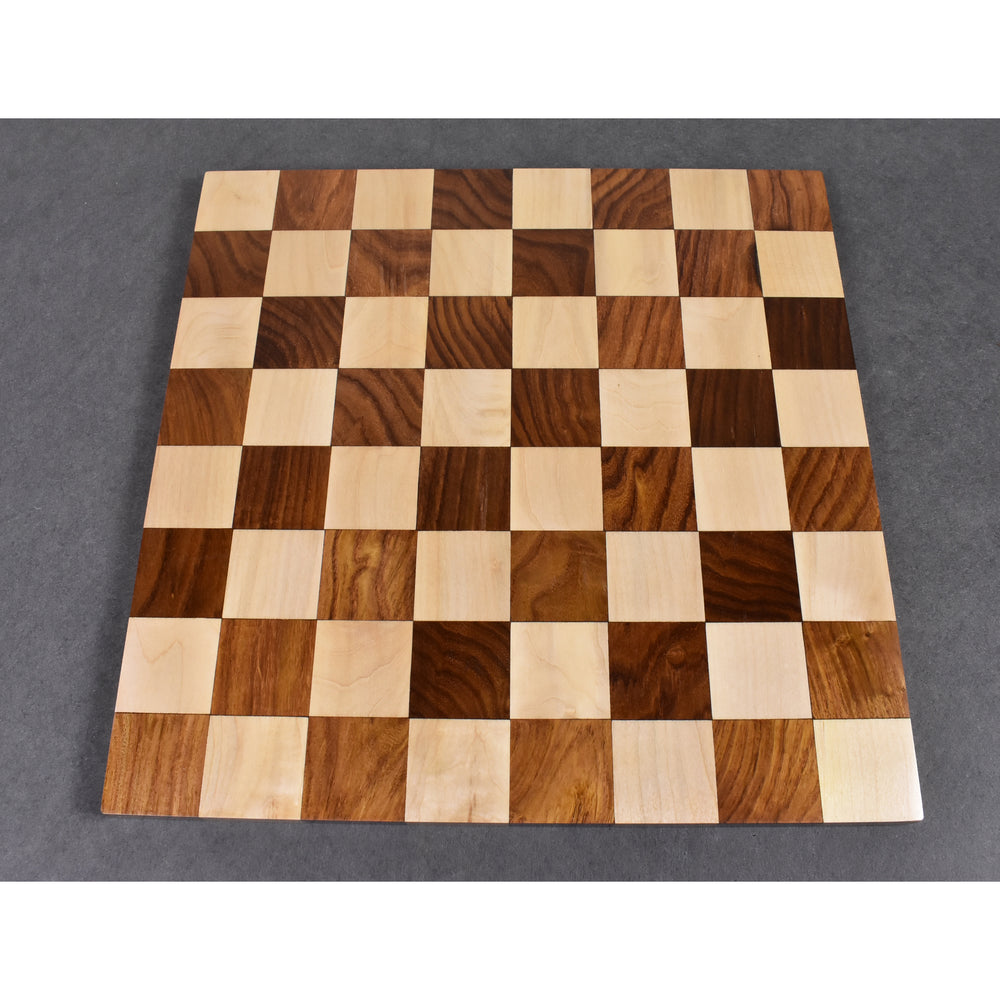Mastering chess begins with understanding the game board and the official rules of chess correctly. Starting to learn the basics of this game will be your first step to becoming a chess master. The basics of the game are the key for all beginners to ace the game. Here is the ultimate beginner's guide to mastering the official rules of chess.
Chess Rule to Setup the Chess Board
To properly arrange the chessboard, adhere to these essential guidelines. Place the chessboard centrally between both players. Ensure that a white square rests in the bottom right corner facing each player. Start the first row nearest to you with the following sequence: Rook, Knight, Bishop, Queen, King, Bishop, Knight, Rook.
Immediately above the first row, place the eight pawns. This meticulous setup prepares the chessboard for the game. The player controlling the white pieces takes the initial move, and falls under the official rules of chess. It is noteworthy to use standard algebraic notation, denoting pieces with abbreviations such as R for Rook, N for Knight, B for Bishop, Q for Queen, K for King, and P for Pawn. Adhere to the stipulated movement and capturing rules for each piece, allowing for an engaging and strategic game experience.
Check Now: Deciphering Chess Notation - Unlocking the Secrets of Strategic Moves
Chess Rule to Move the Pieces
- Pawn (P): Moves forward one square but captures diagonally one square ahead. On their first move, pawns can choose to move forward two squares. Pawns promote to any other piece when they reach the opposite end of the board.
- Rook (R): Rooks move horizontally or vertically any number of squares as long as there are no pieces obstructing their path.
- Knight (N): Knights move in an L-shape. They can jump over other pieces and are the only pieces that can do so. The knight moves two squares in one direction (horizontally or vertically) and then one square perpendicular to that.
- Bishop (B): Bishops move diagonally any number of squares, provided there are no obstructions along their path.
- Queen (Q): The queen combines the movement capabilities of the rook and bishop. It can move horizontally, vertically, or diagonally any number of squares, as long as there are no obstructions.
- King (K): The king moves one square in any direction – horizontally, vertically, or diagonally. The objective of the game is to protect the king from capture while threatening the opponent's king.
Chess Rule to Make the First Move
As per the official rules of chess, it starts with the player who has the white pieces. The player with the white pieces can move any of their pieces, as per the rules. Any of the pawns, or the horse can be moved easily. After this, each player gets to play a single move in their turn respectively. The initial move is one of the most simple rules of chess. However it helps to determine the game's tone and shapes the subsequent moves.
The first move establishes the overall tone for the game, influencing all following actions and determining the overall strategy. Experienced players use this edge to control the game's pacing and outwit their rivals. Chess players see the first move as an opportunity to lay out their strategies and set themselves up for a competitive edge as it carries a lot of weight in the game.
Check Now: Mastering Chess Openings for White: Essential Strategies
The Rules On How To Win
To win at chess, you must capture or trap the king of the opponent. Here are the main guidelines for winning, as per the official rules of chess:
- Mate (Checkmate): The opponent's king must be checkmated in order to win. This indicates that the king is in danger of being captured and is unable to travel to any safe square.
- Check: The opponent's king is in check when it is directly threatened with capture. To cancel the bill, the player needs to respond right away.
- Stalemate: A game finishes in a draw when a player has used all of their permissible moves, and their king is not under check.
Special Rules of Chess Game
Pawn Promotion
A pawn is eligible for promotion when it reaches the eighth rank, which is the row that is furthest from its beginning position. The player has the option of promoting the pawn to any unoccupied queen, rook, bishop, or knight piece. Pawn promotion enables pawns to evolve into stronger pieces, which can have a big impact on the game.
En Passant
En passant is a unique capturing move for pawns. If an opponent's pawn moves two squares forward from its starting position and lands adjacent to your pawn, you have the option to capture the opposing pawn "en passant." This means you can move your pawn diagonally forward to the square the opponent's pawn skipped, effectively capturing it as if it had only moved one square forward.
Castling
Castling is a special move involving the king and one of the rooks. The king moves two squares towards the rook, and the rook moves to the square the king jumps over. The conditions for castling are: neither the king nor the rook involved has moved previously in the game, there are no pieces between them, the king is not in check, and the squares the king moves over and lands on are not under attack.
Check Now: Mastering Chess Openings for Black - Essential Strategies Revealed!
Competition Rules of Chess Game
In chess competitions, players follow the official rules of chess. Here are some of the common competition rules of chess,
- Specific time for moves is also decided, with penalties for exceeding them.
- The "touch-move" rule applies when a player touches a piece, they must necessarily move it.
- Illegal moves also incur penalties.
- Some events require players to record moves for dispute resolution and analysis.
- Players may resign or offer draws anytime.
- Draws can occur through stalemate, repetition, insufficient material, or the fifty-move rule.
- Players must adhere to fair play principles, avoiding cheating or external assistance.
- Understanding and following these rules ensure a competitive and fair chess environment.
Summing Up
Understanding the history of chess and grasping the basics of chess are crucial foundations for mastering the game. The intricate setup of the board and the unique movements of each piece create a captivating and strategic gameplay. This is determined by the official rules of chess. As players navigate through the competition rules, time controls, and special moves like pawn promotion, En passant, and castling, they unlock the true beauty and complexity of this timeless game.
Checkmate your shopping list at Royal Chess Mall today! Royal Chess Mall offers a premium selection of Chess pieces and Chess sets, including Staunton chess set and Staunton chess pieces, enhancing the chess-playing experience with high-quality, elegant options.
Also, for those who appreciate design simplicity, the minimalist chess set offers a sleek and modern aesthetic. Enhance portability and organization with a storage box for chess pieces designed specifically for chess pieces. Tournament chess set cater to competitive players with regulation-compliant pieces and boards. Elevate the game's elegance with a marble chess set, where each move becomes a work of art.






